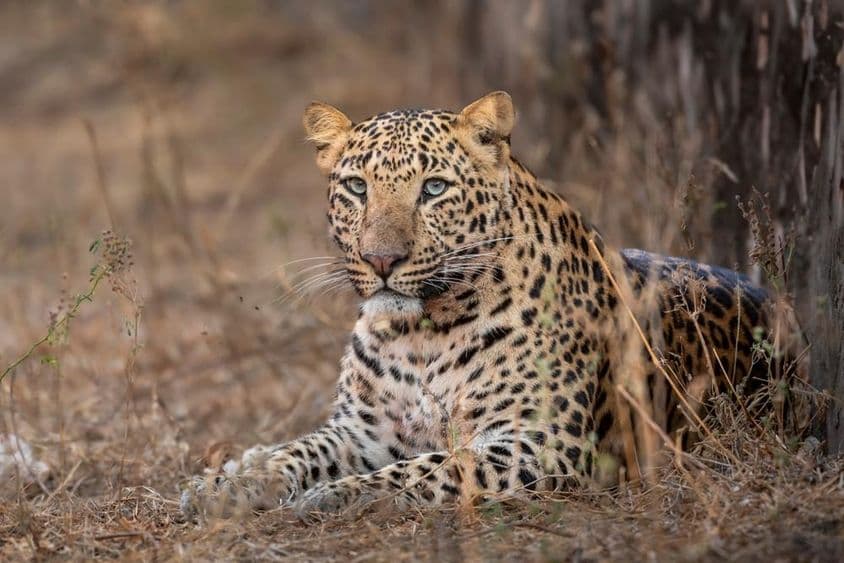A New Hope for Arabian Leopards

New Arabian Leopard Cub Born in Sharjah – A Struggle for an Iconic Species' Survival
February 10th is not just the international day for the Arabian leopard but also a hopeful event day for conservation experts. The endangered Arabian wildlife breeding center announced the birth of a new Arabian leopard cub in Sharjah. This news not only brings joy but also reminds us of the importance of protecting the species and preserving biodiversity.
The Arabian Leopard: An Iconic Creature of the Arabian Peninsula
The Arabian leopard (Panthera pardus nimr) is one of the most significant symbols of the Arabian Peninsula, representing not only the region’s unique biodiversity but also a crucial part of its natural heritage. However, the species is in critical danger. Listed as critically endangered on the IUCN (International Union for Conservation of Nature) Red List, the fight for its survival is becoming increasingly intense.
The population of wild Arabian leopards is primarily threatened by habitat loss, illegal hunting, praying depletion, and fragmented populations. These factors have collectively led to a situation where only a few hundred individuals are believed to live in the wild, mainly in Oman, Yemen, and Saudi Arabia.
Sharjah's New Success: A Hope for New Life
The Environment and Protected Areas Authority (EPAA) in Sharjah announced the birth of a new Arabian leopard cub at their local breeding center. The authority called this achievement a “new milestone” in species conservation, emphasizing that this success reflects the research center's expertise and commitment. The announcement was strategically timed for February 10th, the international day for the Arabian leopard, to draw attention to the species' plight.
The EPAA leader highlighted the intense efforts being made to save the species. In October 2024, for example, a major conference was organized in collaboration with the IUCN Cat Specialist Group. Leading experts from the region, including representatives from the United Arab Emirates, Oman, Saudi Arabia, and Yemen, as well as international organizations like the Arabian Leopard Foundation, participated. During the conference, the Arabian leopard conservation strategy, which extends to 2030, was updated and refined.
Why is the Arabian Leopard's Preservation Important?
The Arabian leopard is not only the emblematic animal of the Arabian Peninsula but also a crucial part of the local ecosystem. As a predator at the top of the food chain, its role is indispensable in maintaining balance. Protecting the species therefore means not just safeguarding the animal but preserving the entire region’s biodiversity.
Breeding programs like the one in Sharjah are vital for the survival of the species. These programs aim not only to increase the number of individuals but also to preserve genetic diversity, which is essential for long-term survival.
A Collective Responsibility: What Can We Do?
Protecting the Arabian leopard is not just the duty of experts. It is our collective responsibility to raise awareness in communities about the fate of the species and support conservation initiatives. Education and awareness are crucial for people to understand that preserving biodiversity is essential not just for animals but for the future of humankind as well.
The birth of the new Arabian leopard cub in Sharjah is a hopeful sign but also a reminder. The species' survival remains uncertain and can only be secured through joint efforts, long-term strategies, and sustainable solutions. The story of the Arabian leopard reminds us that protecting our natural heritage is not just a duty but a responsibility.
If you want to support the Arabian leopard’s conservation or learn more about the species' plight, visit the Environment and Protected Areas Authority's website or join local and international conservation initiatives. Together, we can ensure that the Arabian leopard is not just a relic of the past but a part of our future.
If you find any errors on this page, please let us know via email.


